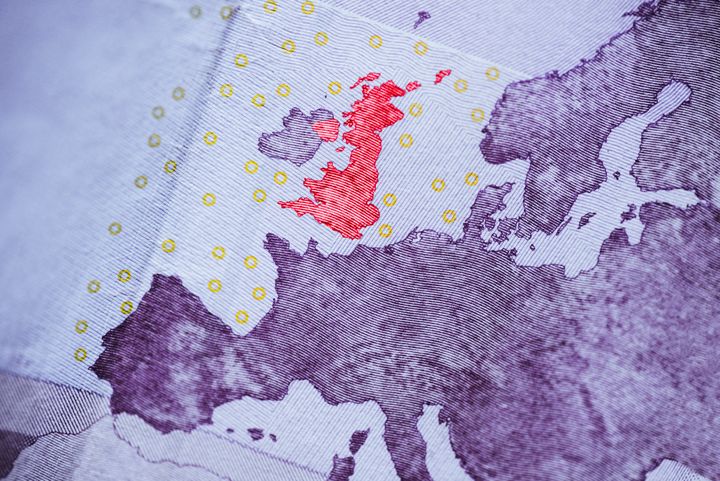
It was revealed this week in The Washington Post that an eighteen-year-old Afghan asylum applicant in Austria was denied entry on basis that while he claimed to be gay his appearance and mannerisms did not indicate his homosexuality.
An official in the Austrian Federal Office for immigration accompanied the notification of a negative asylum outcome with the explanation that “Neither your gait, your behavior or your clothing have even hinted approximately that you could be homosexual.”
The official also argued that the young applicant had been aggressive and that this was not expected of homosexuals, and that he did not have a lot friends. “Aren’t homosexuals usually more sociable?” the official asked.
This is a clear case of outdated stereotypes used to make important life-and-death decisions.
What is a stereotype?
A stereotype is a form of everyday language that links an ‘identity’ with a set of attributes, expected behaviours, body types, ways of thinking and attitudes. For example, now discredited stereotypes about Jewish people (an identity group) used to leave people believing that we/they were dishonest, always seeking profit and conspiring to control governments. Stereotypes of Indigenous people in many countries has often wrongly associated them with being alcoholics, or lazy, or inefficient employees.
Stereotypes are difficult to remove from everyday speech. When we try to denounce them we often need to repeat them, and that keeps them in everyday circulation. As with stereotypes about Jewish people, these can go back many centuries, and it can take as much time to dispel the myths that build up and that people use .
Although sometimes used positive, stereotypes are often a problem because they reduce an individual or minority group. We tend to acknowledge that most human beings are ‘whole people’ with complex and diverse ways of being, walking, talking, thinking and acting. When we use stereotypes as a way of understanding minorities, we deny them the right to be understood as ‘whole people’ and instead pre-judge them without letting them be seen as complex individuals and internally diverse communities.
LGBTIQ+ Stereotypes
As with other minorities, gender- and sexually-diverse persons and communities are often subject to stereotyping.
Older twentieth century stereotypes often associated gay men (as an identity) with effeminate bodies, ways of walking, or ‘womanly voices’ (sets of attributes). Young gay men and transgender youth have likewise often been stereotyped as being lonely, having impaired mental health, being on the verge of suicide. Sometimes they are more positive: that young gay men are very fit, very attractive, very friendly and Lesbians are often stereotyped as being butch, aggressive or—after a spate of horror films—as serial killers.
In these contexts, stereotypes often have a health implication, due to the pressures to try to prove oneself as more complex than a narrow stereotype, and being misread can create stresses that impact on mental health. Exclusions or rejections based primarily on inaccurate stereotyping often exacerbate the same issues and can lead to entrenched injustice.
How do we get rid of them? Usually when a minority is better understood in society, and more people know a member of that minority community personally, the stereotype disappears in favour of recognising those minorities as complex people. Where this is not enough, workplace training and educating creative media professionals is an important tactic.
When stereotypes prejudice decisions
Profiling has become an entrenched part of decision-making around border crossings, visas, and the granting of asylum. It is sometimes necessary: when there are very large numbers of applicants, staff need to be trained to make decisions quickly, and one aspect of speedy decision-making is profiling applicants through visual checks to see if the statements given in an application are ‘true’.
In many countries, border staff are thus trained to look for any physical sign such as clothing, stance, overall look, and manner of speaking to determine if a person’s application is appropriate.
With 120,000 asylum decisions required over the past two years, it is unsurprising the Austrian Ministry for the Interior relied on profiling. However, this is not ideal and prejudices applications from those with the socio-economic standing and confidence to ‘match up’ their identity with a set of desirable attributes.
Where it is even more problematic, however, is in a case such as this in which wholly inaccurate and outdated stereotypes are being used to make decisions.
What is required?
- Training of border officials
- Educating journalists, media producers, creative artists to avoid stereotypes where possible
- Policies that hold officials accountable to diversity requirements.
Only then, regardless of the veracity of the applicant’s claim, can a more ethical decision be made in judging an asylum application.
